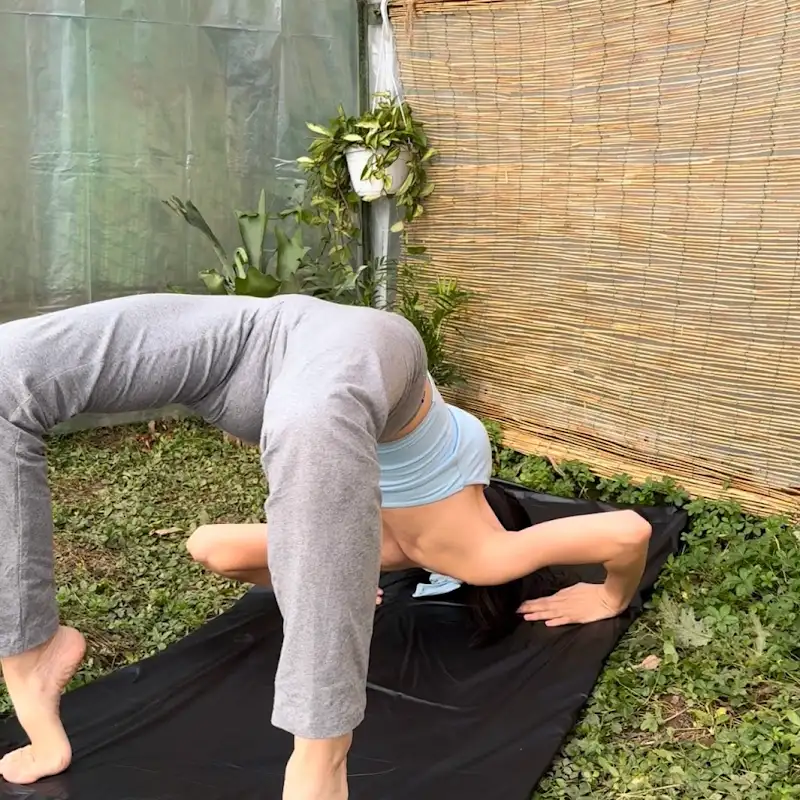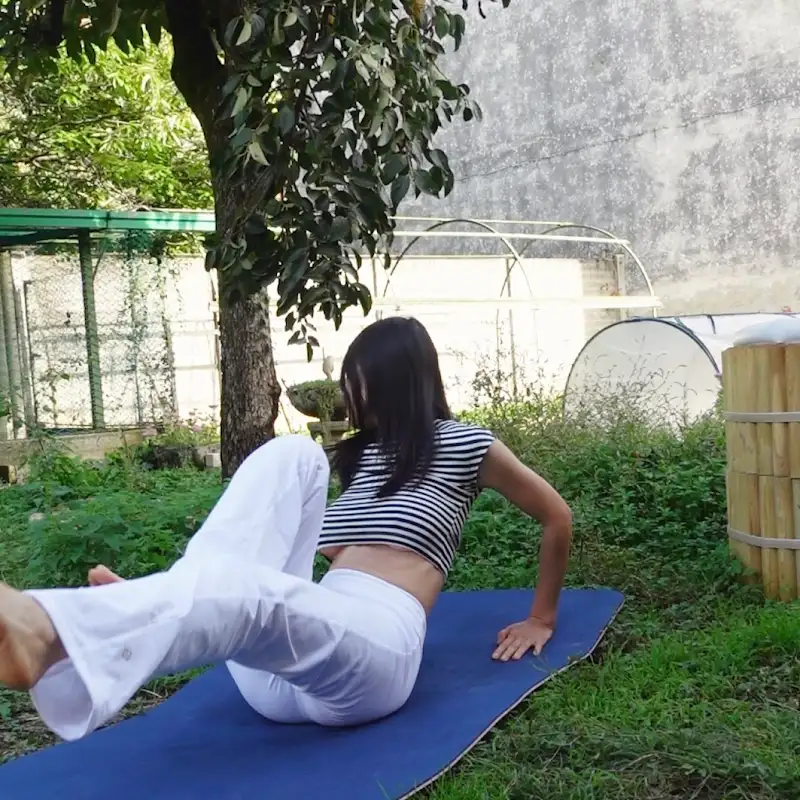
There’s a unique power in the phrase “ready to do.” It’s a declaration, a mindset, a quiet yet firm promise to yourself that today, you will take action. It’s not just about being prepared in the literal sense—it’s about aligning your mind, body, and spirit to step forward, to engage with the world, and to transform potential energy into real results. Being “ready to do” is an internal commitment that precedes any external action.
Life constantly presents opportunities, challenges, and responsibilities. Often, the biggest barrier isn’t a lack of resources or knowledge but the hesitation that comes from uncertainty, fear, or self-doubt. Saying “I am ready to do” is the first step in overcoming these mental blocks. It’s a statement of courage. It is a refusal to be paralyzed by overthinking. When you tell yourself you are ready to act, you shift from a passive observer of life to an active participant.
Preparation is a cornerstone of readiness. To be “ready to do” something means having taken the steps necessary to understand what needs to be accomplished. This doesn’t imply perfection—perfection is often an excuse for inaction. Rather, readiness involves having the skills, knowledge, and mindset to engage effectively. For instance, an artist is ready to paint once they have their brushes, paints, and vision prepared. A writer is ready to write once the blank page feels less intimidating and ideas are organized in the mind. Preparation and readiness go hand in hand, yet readiness is ultimately more than preparation; it is the will to act despite uncertainty.

Another crucial aspect of being “ready to do” is embracing adaptability. Life is unpredictable. Plans change, obstacles appear, and circumstances may demand a shift in approach. Readiness, therefore, is not rigid—it is flexible. Someone who is ready to act doesn’t freeze when the unexpected occurs. Instead, they assess, adjust, and proceed. Being ready is as much about mental agility as it is about planning. It’s about maintaining momentum even when things don’t go according to plan. This kind of resilience is what separates those who merely dream from those who achieve.
“Ready to do” also requires clarity of purpose. Action without direction can lead to exhaustion, frustration, and minimal results. When you know why you are acting, readiness becomes an engine driving intentional behavior. For example, someone who says, “I am ready to learn,” with a clear objective—such as mastering a skill or achieving a certification—is far more likely to succeed than someone who acts aimlessly. Clarity provides focus, and focus amplifies the effectiveness of being ready.
The psychological component of readiness cannot be overstated. Often, people sabotage themselves by waiting for the “perfect moment,” which rarely arrives. True readiness comes from acknowledging imperfection while committing to start. This mindset requires courage, optimism, and a willingness to accept mistakes as part of the learning process. It’s the difference between saying, “I wish I could do this someday,” and declaring, “I am ready to do this now.” Action begins in the mind long before it manifests in the world, and the decision to be ready is the spark that ignites it.
Being “ready to do” also has a social and relational dimension. Many tasks, goals, or projects involve collaboration, communication, and mutual support. Readiness involves not only preparing yourself but also understanding how your readiness affects those around you. For instance, a team leader who is ready to act inspires confidence in their team. A student who is ready to contribute to a group project sets a tone of engagement. Readiness can be contagious—it creates an environment where action, productivity, and positivity flourish

Physical readiness plays a role as well. Our bodies are the instruments through which our intentions become reality. Maintaining health, energy, and stamina enhances our capacity to act decisively. Someone mentally ready but physically drained will struggle to execute effectively. Exercise, nutrition, rest, and mindfulness are all elements that support the readiness to do. It’s a holistic approach—mind, body, and spirit must align to maximize potential and achieve results.
Another overlooked aspect of readiness is emotional resilience. Actions often provoke reactions—sometimes supportive, sometimes critical. Being ready involves managing emotions, staying composed under pressure, and maintaining confidence in the face of setbacks. Emotional readiness is about keeping your internal equilibrium, even when the external world is chaotic. It is the quiet strength that allows consistent action, the kind that compounds over time into meaningful accomplishments.
When you are “ready to do,” you recognize the impermanence of opportunity. Procrastination is the enemy of readiness. The right moment is often fleeting, and hesitation can turn potential into regret. Readiness is about seizing the now, acknowledging that action today creates results tomorrow. It’s about stepping forward before fear paralyzes your ambition. The first step is always the hardest, but once taken, momentum builds naturally. Being ready is about making that initial commitment and trusting the process that follows.
Readiness also includes reflection and evaluation. Action without reflection risks repeating mistakes or missing opportunities for improvement. Those who are truly ready to do balance decisiveness with contemplation. They act but also pause to assess outcomes, learning from each experience. Readiness is not reckless—it is calculated, mindful, and iterative. It’s a dynamic process of doing, learning, and doing better next time.

Ultimately, to be “ready to do” is to embrace life fully. It is a philosophy of engagement rather than passivity. It’s a recognition that we are capable agents in our own story, empowered to influence our environment and circumstances. Readiness transforms potential into performance, ideas into achievements, and dreams into realities. It doesn’t guarantee success, but it guarantees participation—without it, success is impossible.
In practice, being “ready to do” might manifest in small daily actions or in monumental life decisions. It could be starting a new career, tackling a creative project, embarking on a fitness journey, or simply reaching out to someone you care about. Each action, no matter the scale, becomes a building block in the larger structure of a life fully lived. Readiness is about momentum—the continuous forward motion that brings life from a state of waiting to a state of becoming.
In conclusion, “ready to do” is more than words. It’s a declaration of readiness, courage, and action. It’s a mindset that transforms hesitation into initiative, preparation into execution, and dreams into reality. It encompasses preparation, clarity, adaptability, emotional and physical resilience, and the willingness to seize opportunity. To be ready is to commit to life’s possibilities, to face challenges head-on, and to embrace the journey with purpose and intention. When you say, “I am ready to do,” you are not just preparing to act—you are stepping into your power and inviting the world to respond. Today, there is no better time than now. The world waits for those ready to do.



